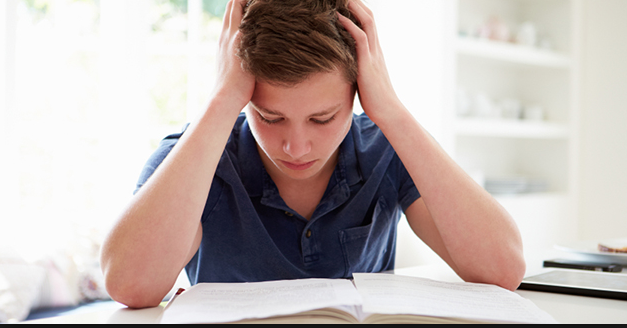5It All Become Too Much
Normal Day to Overwhelming
On a hot July Day, Gregory Kapothanasis went to his day program for adults with developmental disabilities; just he had for the past four years. He had never had any trouble before, but on that particular day, he came unglued and grabbed a staff member by the arm hard enough to cause bruises. During the daily field trip, he began screaming and hitting his bus seat.
No Outlet for Explanation
Kapothanasis has autism and can speak only a few words. Thus, he cannot explain what had set him off that morning. He also has a history of outbursts that had reached a peak during his late teens. His teachers sent him to Spring Harbor Hospital’s inpatient clinic, where he was eventually diagnosed with anxiety.


